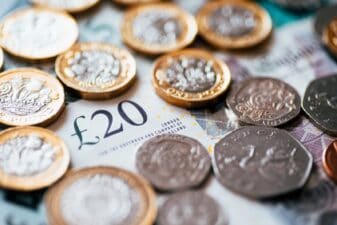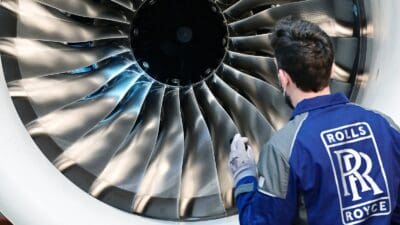US billionaire investor Warren Buffett has often said that a cheap index fund is the best stock market investment for most investors. In the UK, the obvious choice is a FTSE 100 tracker.
As its name suggests, a FTSE 100 tracker fund will aim to match the performance of the FTSE 100 index, which contains the 100 largest companies listed on the London Stock Exchange. When the market’s going up, the benefits are obvious. You don’t have to pick winners. Instead you profit by owning all the shares in the market.
However, this year has seen the biggest stock market crash since 2008. Does Mr Buffett’s advice still add up?
To find out, I’ve crunched the numbers to find out how much a £1,000 investment in a FTSE 100 tracker in 2015 would be worth today. I think you might be pleasantly surprised.
The FTSE 100 is up
Five years ago, the FTSE 100 was trading at around 6,240. When the market closed on Friday, it was hovering around 6,550. That tells me that the total value of the companies in the market has risen by about 5% over the last five years.
That’s not a disaster, given the size of this year’s crash. But I think it’s fair to say that a 5% gain would in normal times be a disappointing result for five years’ investment. I certainly expect better results from my portfolio.
Fortunately, share price gains aren’t the only return investors receive from a FTSE 100 tracker. An index fund of this kind also collects dividend payouts from all the companies in the index. These are then grouped together and paid out to investors in the fund. This usually happens every six months.
The power of dividends
It’s tempting to dismiss dividends as pocket money. I’ve heard investors say that they just use their dividends to cover their trading costs.
This might be true for speculative small cap stocks. But for the big companies in the FTSE 100, dividends are a serious business. Investors can make real money by reinvesting these payouts (or withdrawing the income).
A number of FTSE 100 dividend stocks have cut their payouts this year, but the index still offers a dividend yield of about 3.7%. That’s better than any savings account I know of.
The combination of share price gains and dividend income is known as total return. I’ve dug into the numbers provided by FTSE Russell, the organisation which compiles the FTSE 100 index. These show that over the last five years, the total return from the FTSE 100 has been 20%.
This means that a £1,000 investment in a FTSE 100 tracker in December 2015 would be worth about £1,200 today, excluding fees.
Buffett’s advice could boost returns
In this article I’ve looked at a simple example where one investment was made. But like most working people, what I do in real life is to make smaller, regular investments into my Stocks and Shares ISA.
Happily, this is what Mr Buffett recommends for most investors. Back in 1993, he said that “by periodically investing in an index fund”, amateur investors “can actually outperform most investment professionals”. That’s good enough for me!





